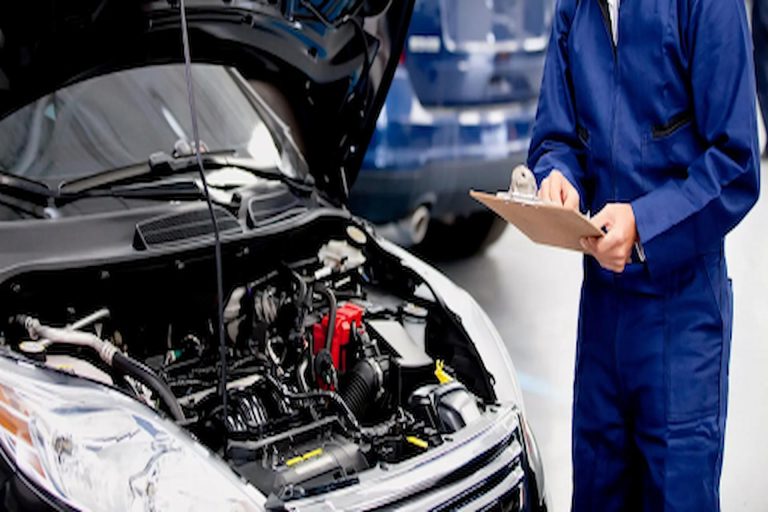Purchasing a used vehicle in 2024 may seem intimidating, but with a comprehensive understanding of a used car inspection checklist and knowledge on used car valuation, your investment can prove worthwhile. This guide will equip you with the necessary know-how- to conduct a professional-level used car inspection.
Understanding the Used Car Inspection Checklist
The first step in a seamless car inspection process is to familiarize yourself with a used car inspection checklist. An inspection checklist consists of crucial points to assess in a vehicle to ensure its functionality and safety.
Exterior Check
Begin your inspection from the outside. Look for any bodywork issues, including scratches, dents, and rust. Assess the condition of the tires. Do they match? Are they worn out unevenly? If yes, this could indicate suspension or alignment problems.
The windshield should be without cracks. The wipers should function correctly. Headlights, tail lights, brake lights, and turn signals must be operational. Confirm that the doors, hood, trunk, and sunroof (if available) open and shut smoothly.
Interior Check
Move inside the vehicle. Start with the general cleanliness and smell to assess whether the car was well taken care of. Check the condition of seats, carpets, and roof lining. The dashboard should be without cracks, and all gauges should work correctly.
Ensure that all interior controls (AC, audio system, navigation, etc.) are functioning. Test the heating and cooling system. Also, pay attention to the condition of seat belts and that of electrical components like power windows, locks, and mirror adjustment.
Mechanical Check
This part demands keen attention. Under the hood, check the condition of the engine and the presence of leaks. Confirm fluid levels of engine oil, coolant, and brake fluid. The color and consistency of these fluids can hint at potential mechanical troubles.
Start the engine, listen for any unusual sounds. On a test drive, pay attention to the car’s acceleration, braking, and cornering behavior. Make sure the steering is responsive, and the vehicle doesn’t pull to either side.
Understanding Used Car Valuation
Used car valuation involves determining the worth of a used vehicle based on various factors including the car’s age, mileage, condition, and market demand.
You can use online valuation tools to get an estimate of the vehicle’s market value. Also, researching prices of similar used cars online can give you an idea of what you should be paying. Valuation can help you negotiate a fair price.
How to Marry the Inspection with Valuation
To conduct a professional-level used car inspection, you must merge the findings from the checklist and the result of the valuation. If the checklist reveals issues that need fixing, consider the repair costs. Deduct these from the car’s market value.
If extensive repairs are needed, and the seller is not ready to adjust the price, it might be better to walk away from the deal. However, if you find minor problems that don’t significantly affect the car’s performance or safety, you can use these points to negotiate a lower price.
For a hassle-free application process, you can Download Bajaj Finserv App faster and track the progress of your used car loan. Convenience: convenience at your fingertips!
Conclusion
In 2024, pre-owned vehicles might come with advanced technology and features, but the basic principles of a used car inspection checklist and valuation remain the same. The goal is to ensure you’re getting a reliable and safe vehicle worth your investment.
By enduring a thorough inspection and understanding the value of the car, you equip yourself with strong bargaining fodder. While the task may initially seem daunting, the peace of mind it gives when you drive away in your new-to-you vehicle is priceless. Stay patient, diligent, and you’ll find the right fit for you.
